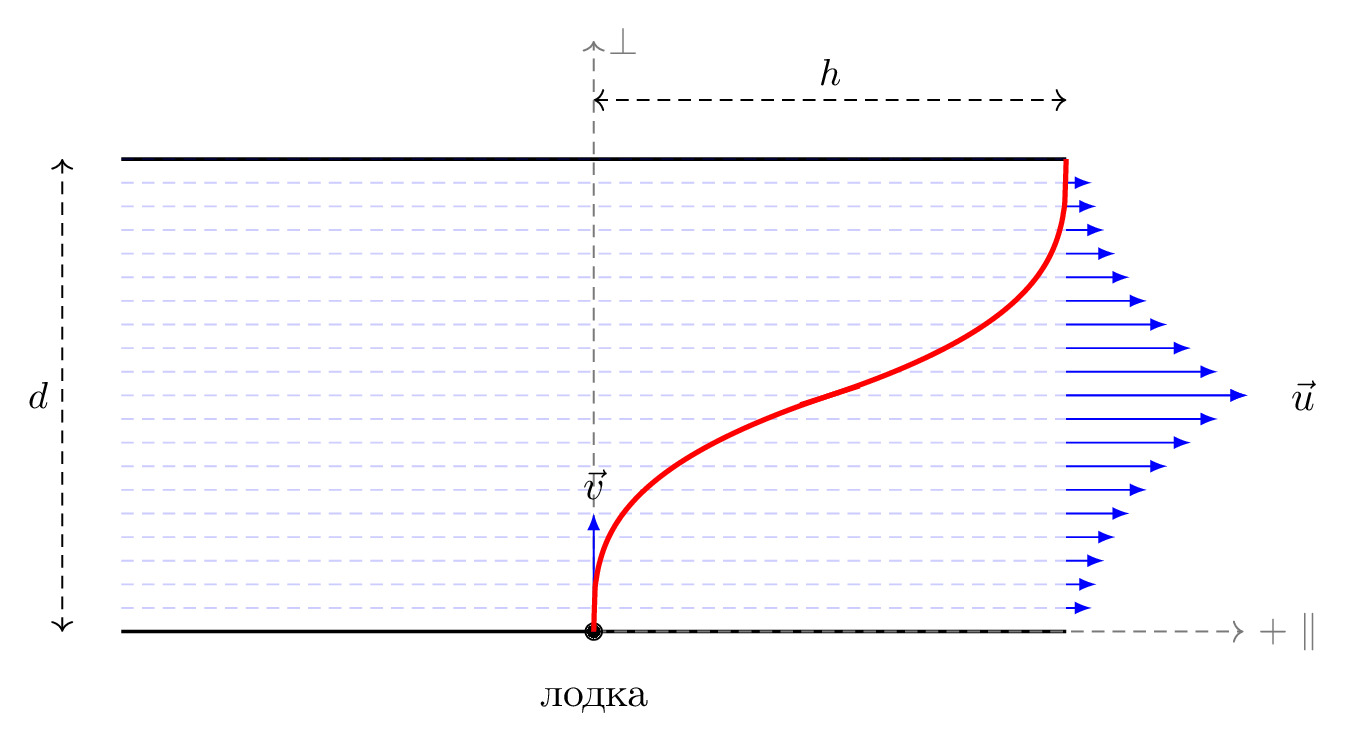\documentclass[tikz]{standalone}\input{pre.tex}\begin{document}\begin{tikzpicture}[
force/.style={>=latex,draw=blue,fill=blue},
% axis/.style={densely dashed,gray,font=\small},
axis/.style={densely dashed,black!60,font=\small},
M/.style={rectangle,draw,fill=lightgray,minimum size=0.5cm,thin},
m2/.style={draw=black!30, rectangle,draw,thin, fill=blue!2, minimum width=0.7cm,minimum height=0.7cm},
m1/.style={draw=black!30, rectangle,draw,thin, fill=blue!2, minimum width=0.7cm,minimum height=0.7cm},
plane/.style={draw=black!30, very thick, fill=blue!5, line width=1pt},
% base/.style={draw=black!70, very thick, fill=blue!4, line width=2pt},
string/.style={draw=black, thick},
pulley/.style={thick},
% interface/.style={draw=gray!60,
% % The border decoration is a path replacing decorator.
% % For the interface style we want to draw the original path.
% % The postaction option is therefore used to ensure that the
% % border decoration is drawn *after* the original path.
% postaction={draw=gray!60,decorate,decoration={border,angle=-135,
% amplitude=0.3cm,segment length=2mm}}},
interface/.style={
pattern = north east lines,
draw = none,
pattern color=gray!60,
},
plank/.style={
fill=black!60,
draw=black,
minimum width=3cm,
inner ysep=0.1cm,
outer sep=0pt,
yshift=0.75cm,
pattern = north east lines,
pattern color=gray!60,
},
cargo/.style={
rectangle,
fill=black!70,
inner sep=2.5mm,
}
]
% \draw[force,double equal sign distance=2pt,->] (c) -- ++(0,-2) node[below] {$\vec{a}_0$};
\matrix[column sep=0cm, row sep=0cm] {
%%%%%%%%%%%%%%%%%%%%%%%%%%%%%%%%%%%%%%
\coordinate (step) at (0,40mm);
\path (-4,0) coordinate (A) -- ++(step) coordinate (A') -- (4,0) coordinate (B) -- ++(step) coordinate (B');
\draw[thick] (A) -- (B);
\draw[thick] (A') -- (B');
\foreach \i in {2,4,...,20}{
\pgfmathsetmacro{\I}{42 + \i*\i/30}%
\draw[force, ->] (40 mm,\i mm) -- (\I mm,\i mm);
}
\foreach \i in {2,4,...,20}{
\pgfmathsetmacro{\I}{42 + \i*\i/30}%
\draw[force, ->] (40 mm, 40 mm - \i mm) -- (\I mm, 40 mm -\i mm);
}
\foreach \i in {2,4,...,40}{
\draw[axis, blue, opacity=0.2] (-40 mm, \i mm) -- (40 mm, \i mm);
}
\node [] at (60mm,20mm) {$\vec{u}$};
\draw [axis, black, <->] (-45mm,0) -- node[left] {$d$} (-45mm, 40mm);
\draw [axis, black, <->] (0mm,45mm) -- node[above] {$h$} (40mm, 45mm);
\draw [axis, ->] (0mm,0mm) -- (0mm, 50mm) node[right] {$\perp$};
\draw [axis, ->] (0,0) -- (55mm, 0mm) node[right] {$+\parallel$};
\draw[fill] (0,0) circle (2pt) node[below, yshift=-1em] {лодка};
\draw[force,->] (0,0) -- ++ (0,1) node[above] {$\vec{v}$};
\draw[ very thick,domain=0:9,samples=200,smooth,variable=\x,red] plot ({\x/4},{\x^(1/3)});
\draw[ very thick,rotate=180, samples=200, xshift=-4cm, yshift=-4cm, domain=0:9,smooth,variable=\x,red] plot ({\x/4},{\x^(1/3)});
\\
};
\end{tikzpicture}\end{document}
